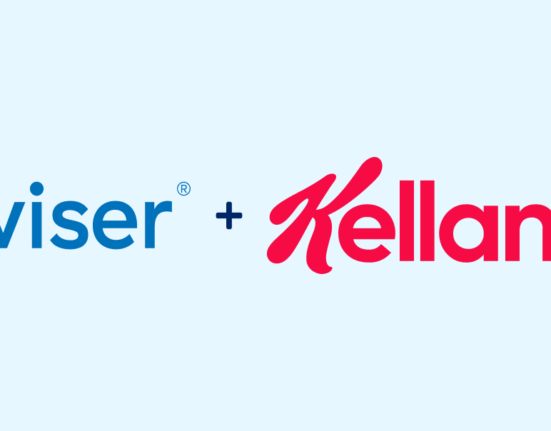A leading FMCG conglomerate faced significant challenges in sales performance, with a startling variance in store-level market share reporting 20 percent higher in top-performing stores compared to their bottom counterparts. This disparity highlighted the critical role of effective in-store execution and the need for a strategic approach to understand and optimize key drivers of sales performance at the store level.
The primary challenge lay in the effective use of physical space within the stores. Factors such as share of category, aisle flow, navigational signage, and shelf positioning were presumed to have a substantial impact on sales. However, a lack of robust, consumer-centric data at the shelf level often prevented the brand from better optimizing stores to drive category growth and improve the shopper experience.
Strategic Approach and Solutions
In response, the company partnered with Wiser to conduct an in-depth analysis of its brand and category at the shelf level. This partnership was aimed at uncovering insights around the key drivers of sales performance, utilizing full-category photos and extracted data collected to understand the correlation between store performance and planogram KPIs. This approach brought several benefits, including:
- Full Geographical Coverage: Mystery shoppers visited grocery stores across the country, gathering photos to capture the relevant category data comprehensively.
- Automated Shelf-level Insights: Detailed SKU-level mapping provided automated insights on key metrics per store.
- Correlational Sales Analysis: By comparing results between top and bottom-performing stores, the brand could understand the impact of each KPI on sales.
Impactful Results and Developing a Perfect Store Strategy
Through this strategic approach, the brand was able to conduct a Macro Space Analysis, correlating shelf and sales data to identify the highest impact macro-space elements, such as the number of sub-category bays, on execution variability at the store level.
The insights gained from this analysis allowed the brand to develop a “Perfect Store Strategy,” focusing on top revenue-driving KPIs and implementing a more focused strategy at the store level to optimize execution. This involved mobilizing the field team to take corrective actions and prioritize specific KPIs, enabling the brand to engage in fact-based conversations on space optimization with retail partners.
Planogram Optimization
One of the key outcomes was the optimization of their planograms. By understanding the correlation between shelf arrangement and sales performance, the brand could adjust its planograms to better meet consumer expectations and drive sales.
Conclusion: The Path to the Perfect Store
This case study underscores the vital importance of data-driven insights in optimizing retail execution. The journey toward creating the Perfect Store involves a deep understanding of the retail environment, leveraging technology to gather actionable insights, and implementing strategic changes that align with consumer behavior and preferences.
By focusing on the nuances of in-store execution and employing a data-driven approach, brands can significantly enhance their market share and solidify their presence in the competitive retail landscape. The path to the Perfect Store may be intricate, but with the right strategies and insights, it is undoubtedly attainable.
To learn more about the Commerce Execution Suite, contact us at intel@wiser.com or visit www.wiser.com. Here’s a PDF version of this use case.














